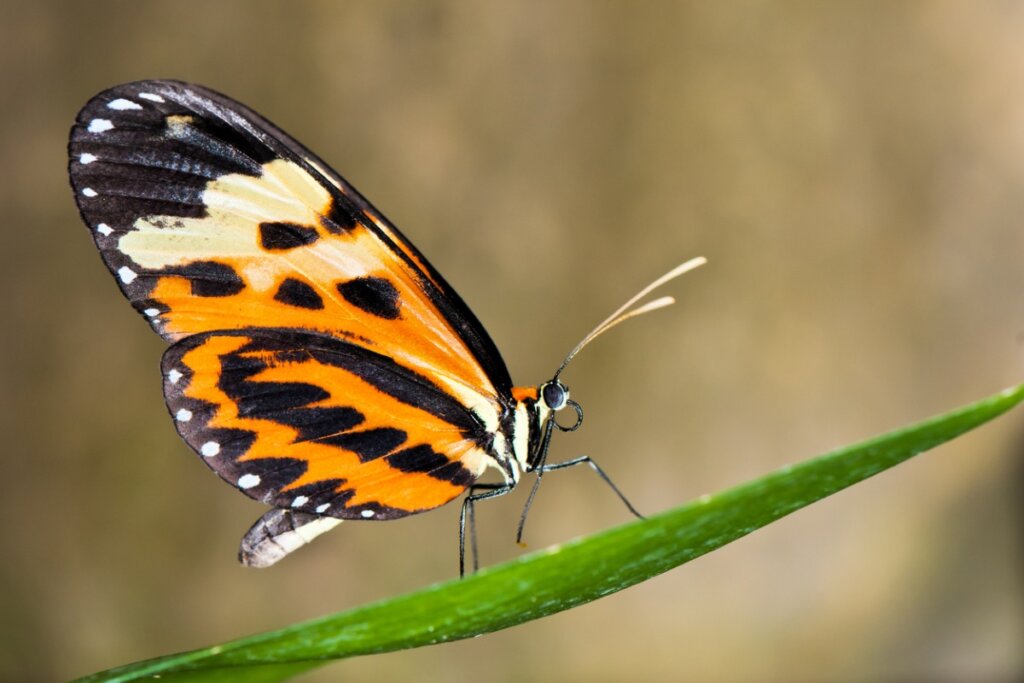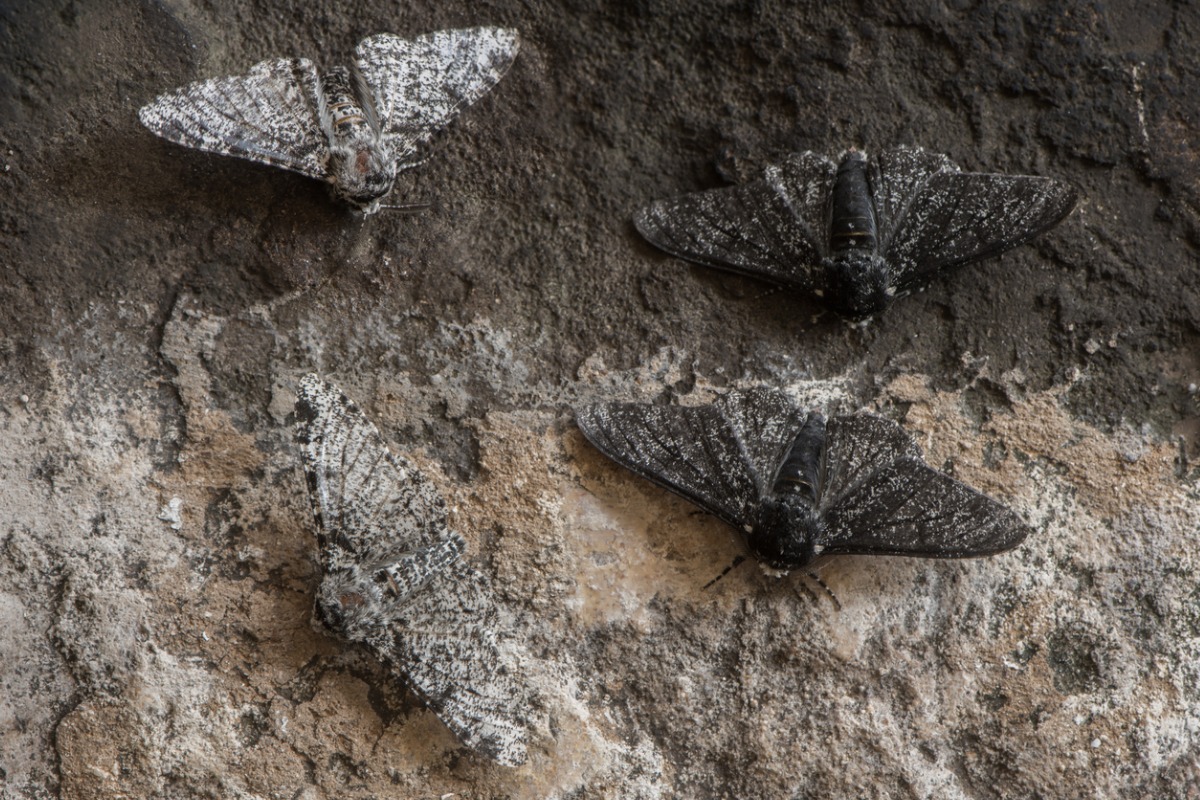Can Butterflies Change the Color of Their Wings?

Living free is a tireless struggle for survival for all the species that make up an ecosystem. That is why some of them, especially insects, have developed incredible techniques to avoid predators, such as how butterflies change the color of their wings.
This is the case of some of the butterflies that you’re going to see below. Until recently, the color variation of these animals was a mystery that humans hadn’t been able to unravel for many years. Recently, a number of interesting discoveries have been made that explain the plasticity of the wings of some Lepidopterans.
Can butterflies change the color of their wings?
The answer to this question, surprisingly, is yes. It isn’t something we can observe with the naked eye, and so it’s difficult to think that a creature as basic as an invertebrate can change color.
The function of this ability is, as one might expect, to fool predators. The experts who investigated this phenomenon focused on the Heliconius Numata species, which changes the color of its wings to mimic other species, such as the monarch butterfly, rejected by birds.
The species of butterflies of the genus Heliconius are known to mimic each other, which is why they are the object of study.
This ability is known as Müllerian mimicry, in which different species with characteristics that repel predators, such as bright colors or poison, modify their appearance to resemble each other.

And how are they able to change the color of their wings?
To learn how this mimicry works, the researchers located and sequenced the chromosomal region responsible for the wing patterns of Heliconius numata.
During this study published on the JSTOR portal, scientists were able to observe that the pattern of variation is controlled by several genes, the combination of which favors mimicry and, at the same time, prevents combinations that produce non-mimetic patterns.
The study also found that 3 versions of the same chromosome coexist in the DNA of this species and each version controls the pattern of the wings in different ways. What does this mean? Well, the genome allows butterflies to be born that seem completely different from each other, despite having the same genetic load.
Mimicry in altered environments
The Heliconius numata species isn’t the only butterfly that changes the color of its wings to promote its survival. In addition, this technique isn’t only based on interaction with predators, but also with the environment.
A clear example of this was the emergence of moths with black wings in the period of the Industrial Revolution in England, back in the 19th century. A 2011 University of Liverpool study revealed that the birch butterfly (Biston betularia) changed the color of its wings to camouflage itself on tree trunks covered in the soot of industry.
This study laid one of the bases of the demonstration that the interference of man in the environment affects the entire ecosystem. These butterflies, when they finally landed on sootless birch trees, were clearly visible to predators, with a subsequent population decline afterwards because of this.
Man can also tip the phenotypic balance of a species in the long run.

Conclusions: conservation of butterflies today
Butterflies, like many other insects, are essential in order to maintain the balance of the environment. Their function is vital as pollinators and they serve as food for other species. This alone should already show us that it’s essential to fight for their conservation.
Pollution and climate change are the factors that have most affected butterfly populations. Many countries have already begun their conservation programs for these lepidoptera, including the census of species to find out which ones may be in danger of extinction.
The environmental and social education of the new generations are the key to maintaining the vivid colors of these lepidoptera flying among us. A final reflection is necessary: if butterflies decide to change the color of their wings, let it not be due to human intervention.
All cited sources were thoroughly reviewed by our team to ensure their quality, reliability, currency, and validity. The bibliography of this article was considered reliable and of academic or scientific accuracy.
- Brown Jr, K. S., & Benson, W. W. (1974). Adaptive polymorphism associated with multiple Müllerian mimicry in Heliconius numata (Lepid. Nymph.). Biotropica, 205-228.
- Müller, F. (1879) Ituna and Thyridia; a remarkable case of mimicry in butterflies. (R. Meldola translation) Proclamations of the Entomological Society of London 1879:20-29.
- van’t Hof, A. E., Edmonds, N., Dalíková, M., Marec, F., & Saccheri, I. J. (2011). Industrial melanism in British peppered moths has a singular and recent mutational origin. Science, 332(6032), 958-960.